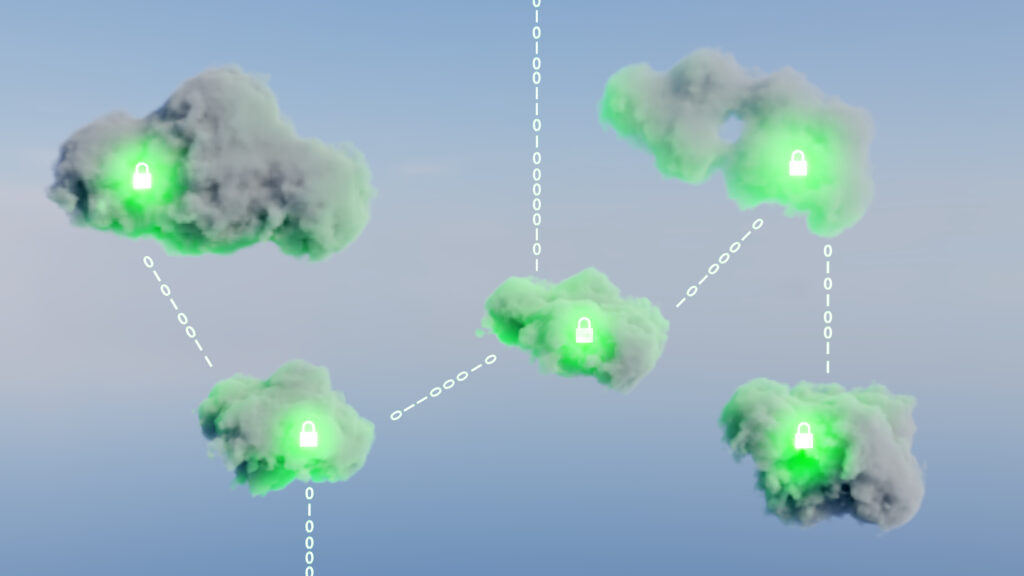An integral part of Amazon Web Services (AWS) security offerings is the AWS Security Group. In this blog, we’ll delve into Security Groups definition, usage, and location within the AWS ecosystem, as well as how they differ from related concepts such as subnets.
What is a Security Group in AWS?
A security group in AWS is a virtual firewall for your Elastic Compute Cloud (EC2) instances. This firewall controls both inbound and outbound traffic for one or more instances, making it an integral part of the AWS cloud security. Security groups act at the instance level, which means they operate on the basis of individual EC2 instances rather than the network interface.
Each Security Group you create in AWS comprises a set of inbound and outbound rules. These rules dictate the type of traffic (TCP, UDP, ICMP) and the port range allowed to reach the instances associated with the security group. For instance, if you’re running web servers, you may configure your security groups to allow inbound traffic on TCP port 80 (HTTP) or port 443 (HTTPS).
AWS Security Groups vs Subnets
It’s important to note the distinction between AWS security groups and subnets. While both play roles in network security, they have different functionalities. A subnet, or subnetwork, is a division of a network where you can deploy AWS resources, such as EC2 instances. On the other hand, an AWS security group is more akin to a virtual firewall that provides inbound and outbound traffic control to those instances.
Think of the subnet as the neighborhood and the security group as the security system on each house within the neighborhood. Each has its own role and significance in the overall security architecture of your AWS environment.
How Security Groups Interact with Other AWS Services
Security groups aren’t just isolated to EC2 instances. They can be used with many other AWS services like Amazon RDS, Amazon Redshift, Amazon DocumentDB, AWS Lambda, and more. They provide an additional layer of control over who can access these resources and from where.
Furthermore, each VPC comes with a default security group. If you don’t specify a different security group at the time of launching an instance, the instance is automatically associated with the default security group for the VPC.
Even though security groups are powerful, they only present one piece of the puzzle. A comprehensive approach to AWS cloud security also considers IAM roles, network ACLs (NACLs), AWS CloudTrail for logging and monitoring, and more. In many ways, they’re a foundational building block of your cloud security strategy, helping to protect against potential vulnerabilities and misconfigurations.
Bringing Tufin into the Mix
Now that we have a handle on what AWS security groups are and how they operate, it’s essential to consider how we can effectively manage these groups as our cloud environment scales. Enter Tufin. Tufin’s suite of solutions provides a holistic approach to managing your network security.
Tufin’s firewall management solutions and firewall manager provide a unified view of your network, helping to streamline and automate complex processes.Tufin provides Security Policy Orchestration for Amazon Web Services (AWS) utilizing its advanced firewall management capabilities to help to optimize your network’s performance.
In terms of understanding your network’s configuration, Tufin’s solutions for firewall network topology can help to visualize the relationships between different elements of your network, including Security groups, which can aid in troubleshooting and compliance efforts.
FAQs
Q: What is a security group in AWS?
A: A security group in AWS is a virtual firewall for your EC2 instances that controls inbound and outbound traffic.
To learn more about how security groups function within the larger AWS ecosystem, you can check out our blog post on Inter- vs Intra- VPC security.
Q: What uses security groups in AWS?
A: In AWS, security groups are used to regulate inbound and outbound traffic to services like EC2 instances, Amazon RDS, Amazon Redshift, and AWS Lambda.
To dive deeper into AWS security, read our article on ECB network security audit requirements.
Q: Where are security groups in AWS?
A: Security groups are located in the AWS VPC console under the security section. From there, you can create, edit, and manage your security groups.
For more insights into AWS VPC security, consider reading our blog post on look before you leap into microsegmentation.
Wrapping Up
Understanding security groups is critical to leveraging AWS services effectively. They provide a robust and flexible solution for controlling traffic to your instances, enhancing your overall security posture. Combined with comprehensive security solutions like those offered by Tufin, you can work towards a more secure, efficient, and scalable cloud environment.
Explore a demo of our product to experience how Tufin can enhance your network security in the AWS cloud.
Ready to Learn More
Get a Demo





